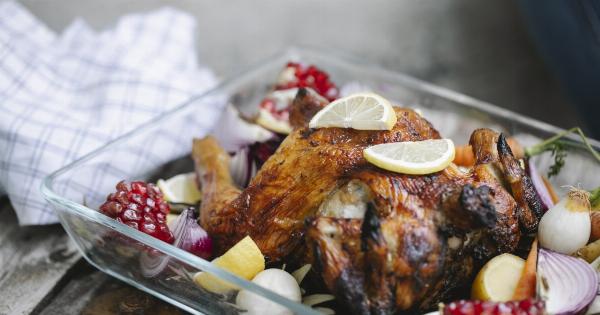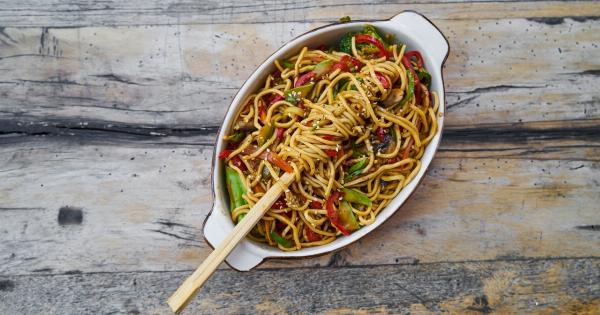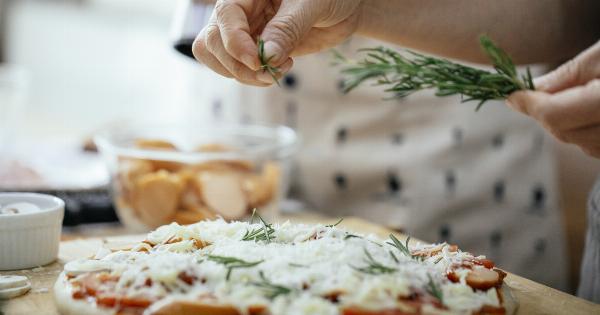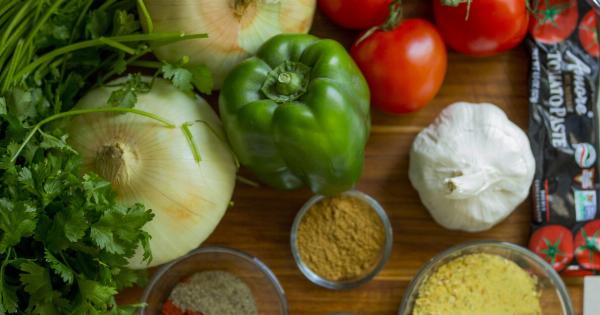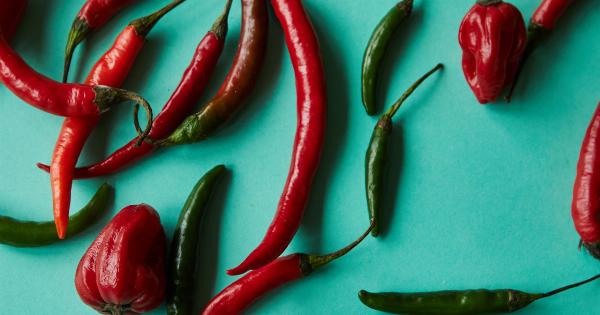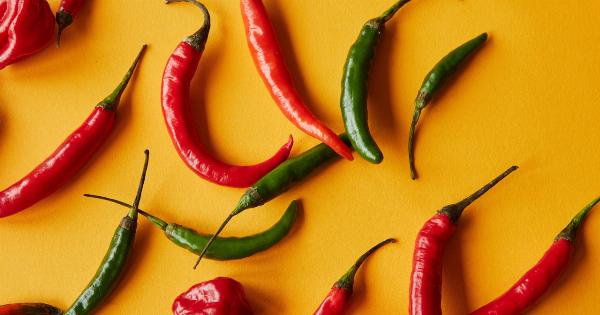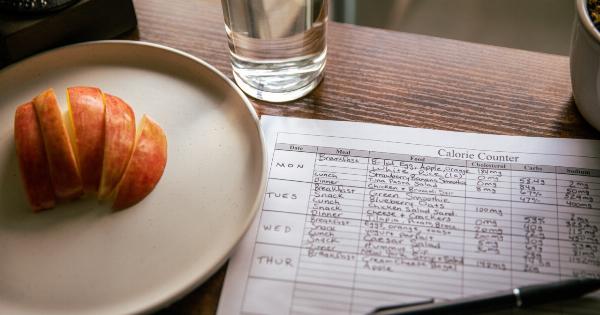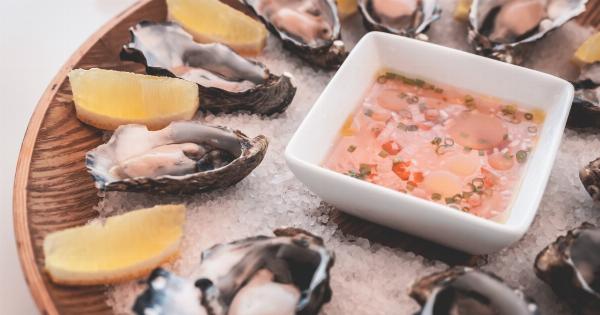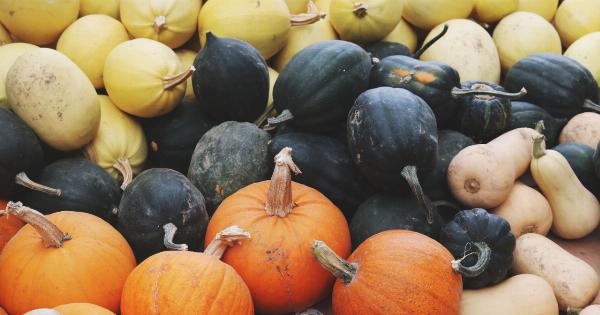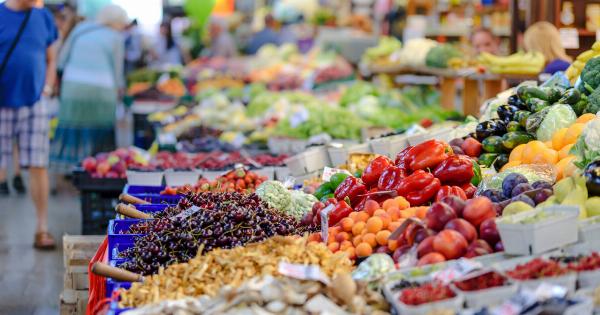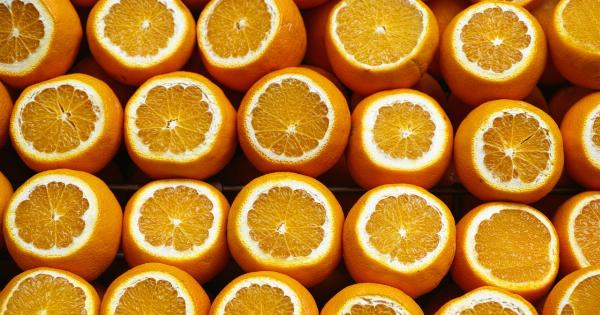Vegetables are the cornerstone of a healthy diet, providing us with essential nutrients, vitamins, and minerals, among other benefits. However, not all veggies are created equal.
Some vegetables have a short shelf life and lose their flavor, texture, or nutrients when they age. Here are ten vegetables that lose their edge when they get old:.
1. Asparagus
Asparagus is a spring vegetable that is known for its tender and succulent spears. However, when asparagus ages, the spears become woody, tough, and stringy, making them unappetizing and difficult to chew.
To keep asparagus fresh, store it in the fridge in a plastic bag with some water or wrap it in damp paper towels.
2. Broccoli
Broccoli is a cruciferous vegetable that is loaded with nutrients, antioxidants, and fiber. However, when broccoli ages, the florets turn yellow, become limp, and lose their crispness and flavor.
To prevent broccoli from aging, store it in the crisper drawer of your fridge and eat it within a few days.
3. Carrots
Carrots are a root vegetable that is rich in beta-carotene, vitamin A, and fiber. However, when carrots age, they become rubbery, spongy, and tasteless.
To slow down the aging process of carrots, store them in a plastic bag with some moisture in the fridge or use a food container with a tight-fitting lid.
4. Cauliflower
Cauliflower is a versatile vegetable that can be eaten raw, roasted, mashed, or added to soups and stews. However, when cauliflower ages, the florets start to discolor, become soft, and develop an off-flavor.
To keep cauliflower fresh, store it in the crisper drawer of your fridge and wrap it in a paper towel to absorb excess moisture.
5. Celery
Celery is a crunchy vegetable that is often used as a low-calorie snack or in soups, stews, and salads. However, when celery ages, the stalks become limp, rubbery, and lose their crunchiness and flavor.
To keep celery fresh, store it in a plastic bag with some water or wrap it in damp paper towels.
6. Corn
Corn is a popular summer vegetable that is rich in vitamins, minerals, and antioxidants. However, when corn ages, the kernels become dry, tough, and shriveled, making them unpleasant to eat.
To preserve the freshness of corn, store it in the husk in the fridge and eat it within a day or two.
7. Green Beans
Green beans are a staple vegetable that is enjoyed fresh, frozen, or canned. However, when green beans age, they become limp, stringy, and lose their vibrant green color and flavor.
To prevent green beans from aging, store them in the fridge in a plastic bag with some moisture or blanch them and freeze them for later use.
8. Peppers
Peppers are a colorful and flavorful vegetable that can be used raw, cooked, or roasted. However, when peppers age, they become wrinkled, soft, and lose their crunchiness and sweetness.
To keep peppers fresh, store them in the fridge in a container or a plastic bag and use them within a week.
9. Spinach
Spinach is a superfood that is packed with iron, calcium, vitamins, and other nutrients. However, when spinach ages, the leaves become wilted, slimy, and develop a bitter taste.
To extend the shelf life of spinach, store it in the fridge in a plastic bag with some moisture or blanch it and freeze it for later use.
10. Tomatoes
Tomatoes are a juicy and flavorful vegetable that is enjoyed raw, cooked, or in sauces and salsa. However, when tomatoes age, they become soft, mushy, and lose their sweet and tangy flavor.
To keep tomatoes fresh, store them at room temperature away from direct sunlight and use them within a few days.




